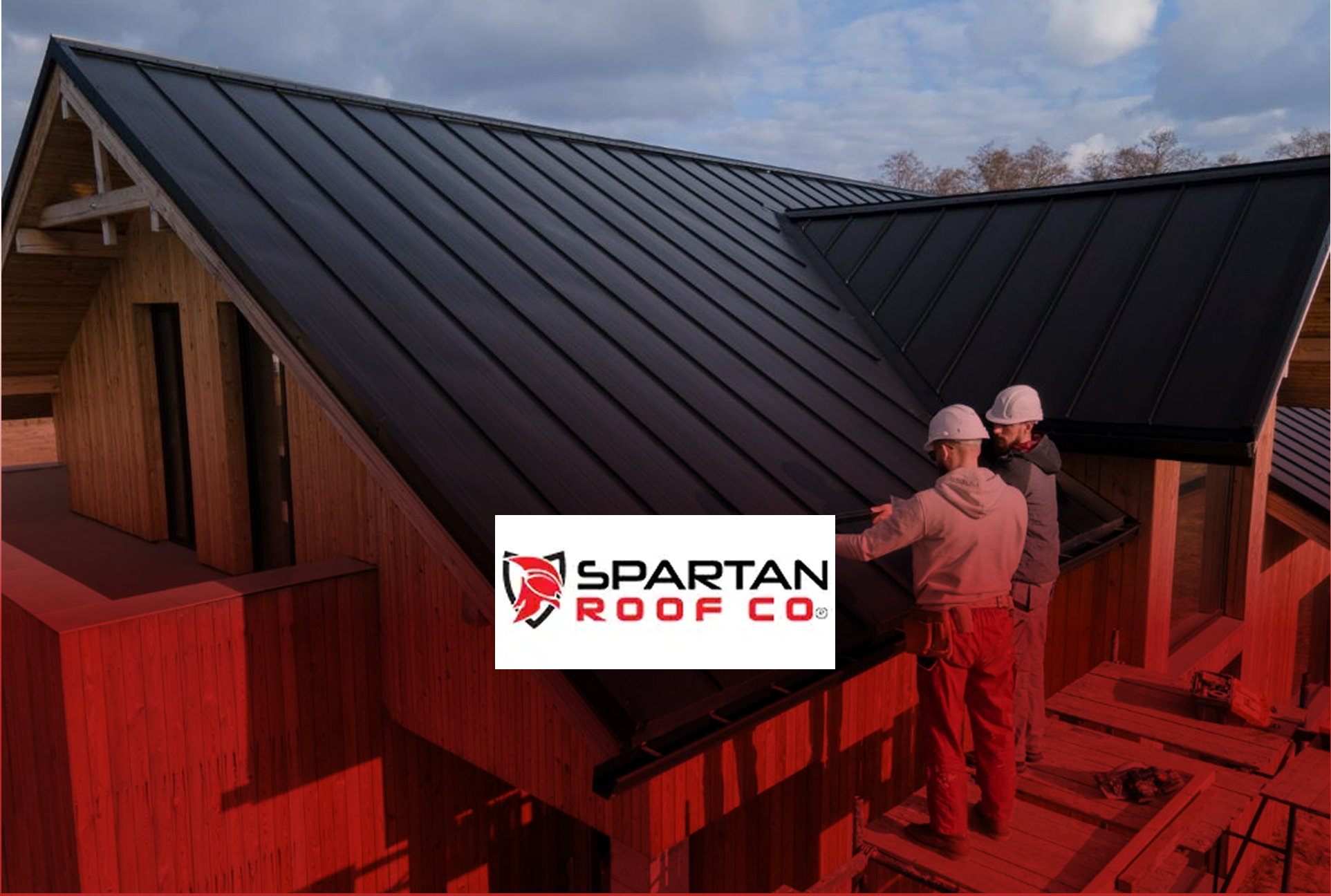Not all roofs are built the same—and neither are the repairs they require. Whether you’re a homeowner or property manager in NorthPark, Texas, understanding the difference between flat and sloped roof repair is essential to protecting your property, making smart repair decisions, and avoiding unnecessary costs.
Flat and sloped roofs each have their benefits and challenges. But when it comes to fixing damage, leaks, or age-related wear, the repair approach can differ drastically. In this post, we’ll break down the key differences, discuss common issues with both types, and guide you on when to DIY and when to call a professional.
Understanding Flat Roofs
Flat roofs are often seen on commercial buildings, modern-style homes, or additions like garages and porches. Despite their name, flat roofs have a very slight pitch to allow water drainage.
Common flat roof materials include:
-
Modified bitumen
-
EPDM (rubber roofing)
-
TPO or PVC membrane
-
Built-up roofing (BUR)
Flat roofs in NorthPark, Texas are exposed to a lot of sun and occasional heavy rains. That means they’re susceptible to ponding water, UV damage, and membrane cracking—all of which require timely roof repair.
Issues Specific to Flat Roof Repair
Flat roofs present unique challenges that differ from pitched ones. Because water doesn’t run off as quickly, small drainage issues can lead to large-scale damage if ignored.
Common flat roof problems:
-
Ponding water that leads to membrane breakdown
-
Cracking and blistering due to temperature fluctuations
-
Leaks at flashing seams or around vents and AC units
-
Mold or algae growth from constant moisture
Repairs for flat roofs often involve patching the membrane, reapplying sealants, or replacing damaged sections. A qualified contractor familiar with commercial roofing or flat roof systems should handle anything beyond minor patch jobs.
Understanding Sloped Roofs
Sloped or pitched roofs are more common on residential homes, especially in NorthPark, Texas, where architectural styles often favor asphalt shingles, tile, or metal. These roofs are designed to shed water quickly, making them more resistant to ponding issues.
Common materials used in sloped roofs:
-
Asphalt shingles
-
Clay or concrete tiles
-
Metal panels
-
Wood shakes
Sloped roof repair often involves addressing damaged shingles, leaks in valleys or flashing, and fixing issues caused by high winds or hail.
Key Differences Between Flat and Sloped Roof Repair
The type of roof determines the type of repair needed. Here are the main differences you should be aware of:
1. Drainage and Water Damage
Flat roofs require careful attention to drainage. Without a slope to guide water off the surface, clogged drains or low spots can lead to standing water and leaks. Sloped roofs naturally move water off quickly, but improper shingle installation or aging materials can still lead to moisture intrusion.
2. Materials and Repair Techniques
Flat roof repairs often require heat welding, adhesive patches, or full membrane replacement. Sloped roofs, in contrast, are typically repaired by replacing individual shingles, tiles, or flashing elements.
3. Maintenance Frequency
Flat roofs usually need more frequent inspection and maintenance due to their higher risk of water retention. Sloped roofs also need care—especially after storms—but they typically require fewer emergency repairs if maintained well.
4. Cost of Repairs
Flat roof repairs may appear cheaper per square foot, but the materials and specialized labor can drive up costs. Sloped roofs might cost more for materials, especially tile or metal, but the repair process can be faster and less labor-intensive for minor issues.
5. Safety and Accessibility
Flat roofs are easier and safer to walk on for inspection and light maintenance. Sloped roofs are more dangerous without proper safety equipment and training, making DIY repairs more risky.
Common Roof Repair Scenarios in NorthPark, Texas
In NorthPark, Texas, homes with both flat and sloped roofs deal with weather extremes—hot summers, hailstorms, and the occasional tropical system. These conditions affect both roof types in different ways:
-
Flat roofs may crack under intense UV exposure or leak after heavy rains.
-
Sloped roofs can lose shingles or suffer flashing damage after hail or high winds.
-
Mixed roofs (homes with both types) need careful inspection at connection points.
Working with a local roofing expert ensures that repairs are tailored to Texas-specific conditions and building codes.
When to DIY and When to Call a Professional
For both flat and sloped roofs, minor maintenance such as cleaning gutters or resealing flashing can sometimes be done by a confident homeowner. But when it comes to structural repairs, membrane replacement, or leak detection—especially for flat roofing—professional help is strongly recommended.
Choosing a roofer experienced in both flat and sloped roof repair ensures the correct materials and methods are used. At Spartan Roof Construction, we handle every roof type with precision and care.
FAQs About Flat vs. Sloped Roof Repair
1. Is flat roof repair more expensive than sloped roof repair?
Not always. Flat roof repairs may seem cheaper upfront, but the specialized materials and techniques required—like membrane welding—can make them more costly in the long run.
2. How often should I inspect a flat roof in NorthPark, Texas?
At least twice a year and after every major storm. Flat roofs are prone to ponding and cracks, especially in extreme Texas heat.
3. Can I repair flat roof leaks myself?
Small patch jobs may be DIY-friendly if you’re experienced, but most flat roof repair jobs require professional tools and techniques to ensure a lasting fix.
4. Do sloped roofs last longer than flat roofs?
Sloped roofs typically have a longer lifespan due to better water runoff. However, with proper maintenance, flat roofs can also perform well for decades.
5. What’s the most common roof repair issue in NorthPark homes?
For flat roofs, ponding and membrane wear are common. For sloped roofs, shingle damage from hail and high winds is most frequent. Both require professional attention.






